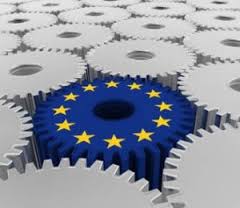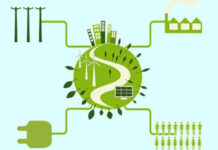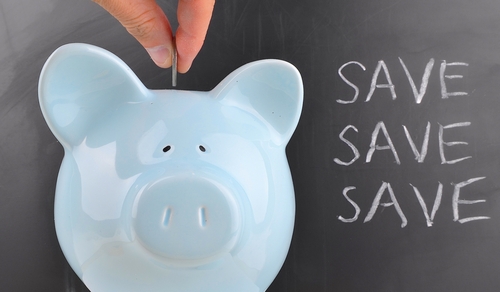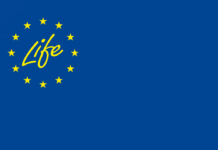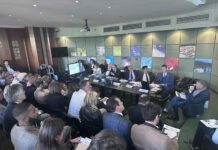
This structure is a Chinese box with two components belonging to two different families, a Microcontroller IP Software ARM and an FPGA Xilinx, that are virtually integrated inside each other.” Such a mix is scalable, adjustable and, above all efficient.
“A similar operation” continues Burnelli “is made when it is necessary to use complex mathematic algorithms along with a programmable hardware logic. For instance, for an aerospace project within a very big FPGA we have inserted a microcontroller, in order to optimize the process of calculation, providing efficiency to the entire instrument.”
In order to obtain a similar result, as an alternative to virtualization, it would be necessary to combine both chips physically on the card, interconnecting them with copper paths physically on the board which would entail all specific electromechanical issues.
The features of this technology, consolidated in the particularly demanding engineering fields such as aerospace and aviation, are significant complexity and manufacturing costs. This does not make it competitive for the standard commercial application, but for those with the relevant expertise, it may provide a technological advantage which consists in the development of complex and innovative applications also for everyday use.
Per ricevere quotidianamente i nostri aggiornamenti su energia e transizione ecologica, basta iscriversi alla nostra newsletter gratuita
e riproduzione totale o parziale in qualunque formato degli articoli presenti sul sito.




